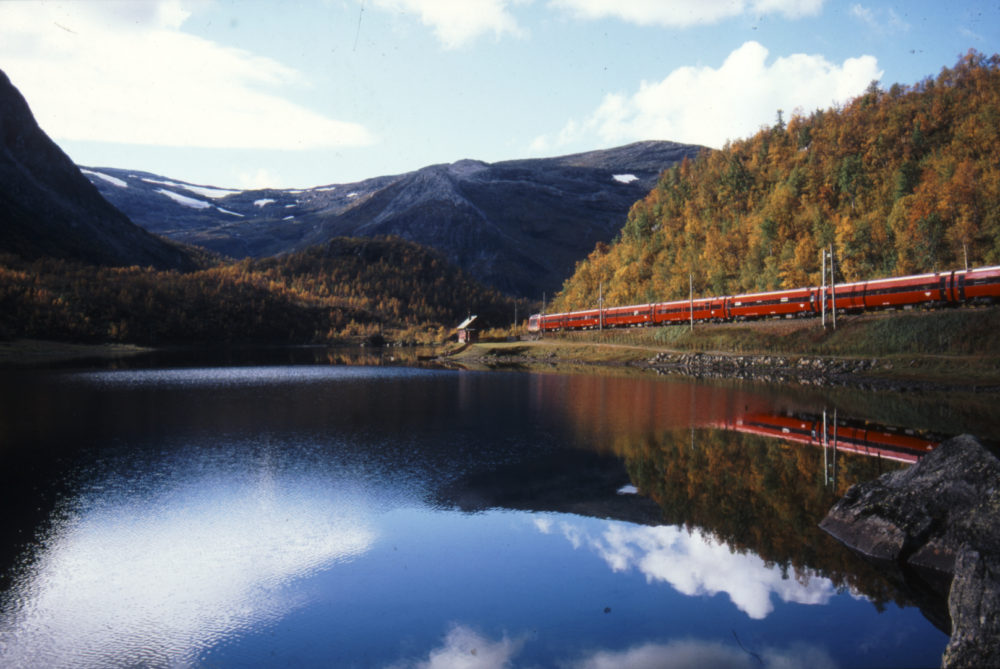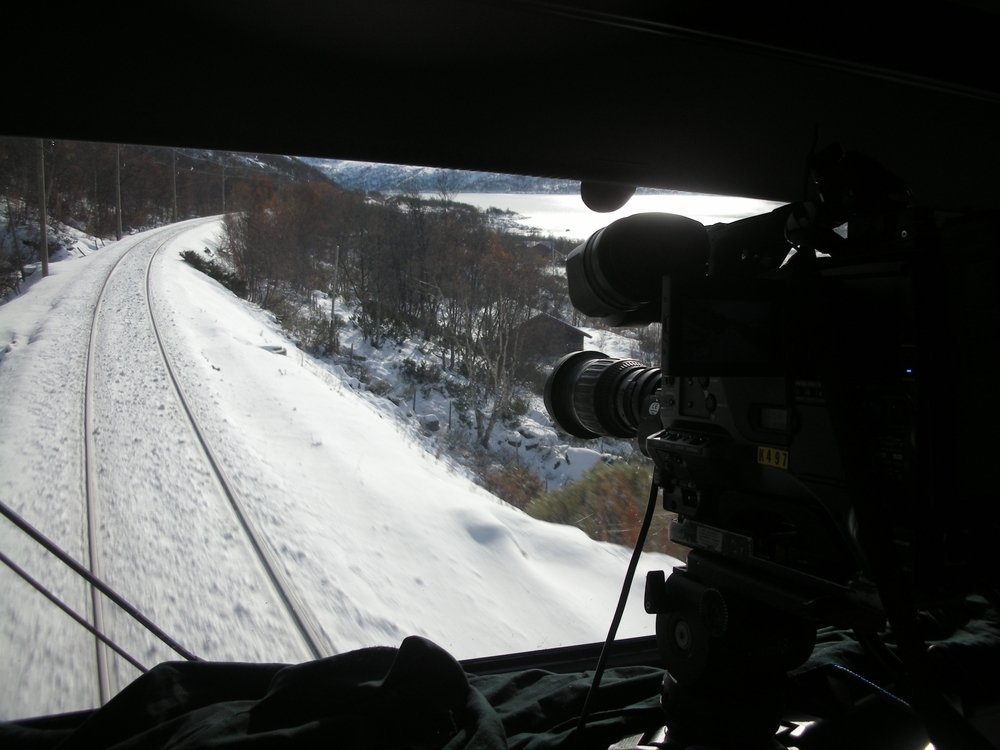How filming a seven-hour train journey launched the Slow TV movement and became a Norwegian broadcasting phenomenon

During an ordinary lunchtime in 2009, a colleague of mine came up with the idea for a radio programme to mark the day of the German invasion of Norway in 1940 – a programme that would go through the whole night, reporting from the right place, the exact times and so on. It was a good idea, but couldn’t be made as it was only a few days before the anniversary of the invasion. But we kept sitting there having lunch, seeing which stories we could tell over a long time. It was the centenary of the Bergen Railway, and that was the suggestion that stuck.
It’s a very slow train and takes seven and a half hours. One of us suggested filming the whole thing and putting it on TV, and we all laughed. It could have been one of those ideas that you have after a few drinks and forget about the next day, but it kept coming back to us. We called our commissioning editors and said that we wanted to make a documentary that would be ‘minute by minute’, and they didn’t know what we meant. They laughed with us when they understood.
The original railway programme was a four-camera production. We occasionally talked to the passengers, and we had a presenter and a lot of archive footage, but otherwise it was just the train. It’s telling a story, but a story that’s happening without us, as TV-makers, colouring it in any sense.
The key thing is the unbroken timeline, which means that everything is there – the boring parts as well as the interesting parts. This means that you, as the viewer, have to decide for yourself which bits are interesting. That’s why people find different stories in the programme, and why people watch Slow TV in different ways; some just lean back and have it as a nice picture on the wall, like a big window in the living room, and other people sit on the edge of their seats, genuinely curious.

When we did the next project – the coastal ship – we filmed live over five and a half days, and had the advantage of people talking about something that is happening in real-time. The live element has become a very important part of Slow TV. I think it’s important for the viewer, as a kind of contract, that this is happening right now, that no one has taken anything away. It’s also important for the viewer to know that something could happen. It most probably won’t, but it could, just as in life. That’s why you carry on watching.
Despite some perceptions, this is not watching paint dry. At the heart of all the stories that we’ve made is a story worth telling. Maybe a story connected to Norwegian culture, or a journey, or a subject that many Norwegians can relate to. When you find that story and tell it in a fascinating way, then you have the power to help show people what’s important and what’s not. By broadcasting a crazy programme on prime-time television, you’re telling the audience this is something worth watching. If you choose the right subject, and you’re brave, then people will respond.
Interview by Caolan Blaney